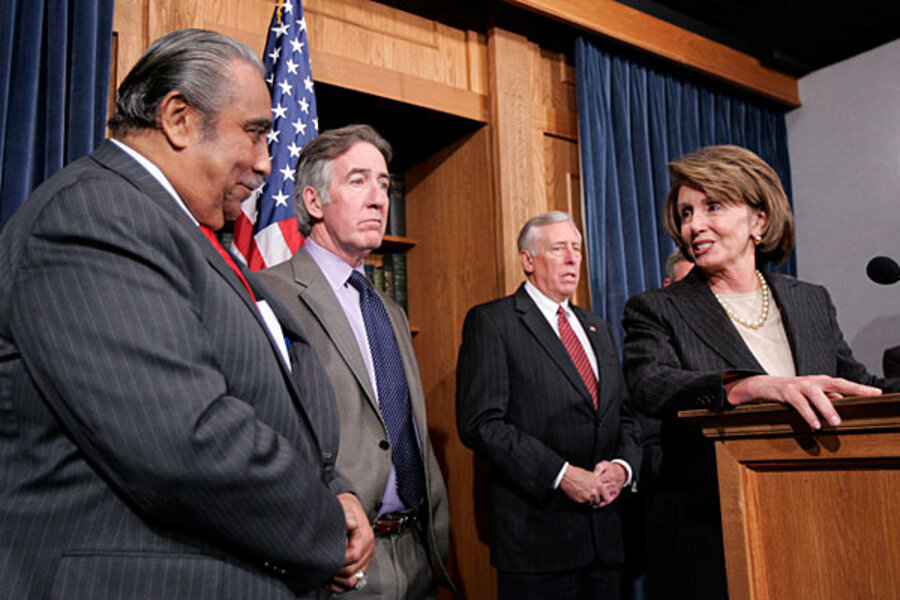The alternative minimum tax started small, as a reaction to reports that in 1966 some 154 high-income families – that is, those with adjusted grow income above $200,000 – had used tax breaks to avoid paying any federal income tax. In response, Congress launched the alternative minimum tax (AMT) in 1982, which disallows certain popular deductions to qualifying taxpayers.
But Congress failed to index the measure for inflation. As a result, a provision that affected some 600,000 taxpayers in 1997 could hit more than 30 million taxpayers – one-third of all taxpayers – in 2012. Both Democrats and Republicans are eager to avoid this outcome. Congress has “patched” the AMT – that is, raised exemption levels or allowed certain deductions – every year since 2003.
Permanent repeal of the AMT would be very expensive – at least $1.3 trillion between 2011 and 2022, estimates the Tax Policy Center. On Dec. 17, 2010, President Obama signed a measure to increase the AMT exemption to $47,450 for individuals and $72,450 for joint filers – a shift estimated to cost the government $134.6 billion in lost revenue over 10 years.
If Congress does nothing this year, it doesn’t necessarily mean that millions of middle-class Americans will face a higher tax bill for 2011. Congress can enact tax changes retroactively, and bipartisan support for an AMT fix is strong, especially in an election year. At the request of top Democrats and Republicans on congressional tax-writing committees, the Internal Revenue Service in 2010 programmed the AMT “patch” into its system for 2011 even though Congress had not yet officially approved it.





